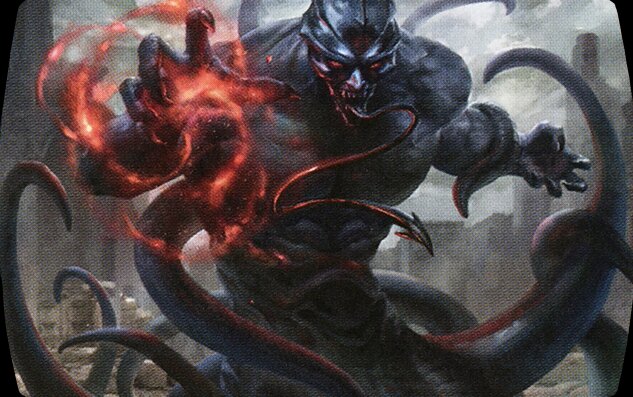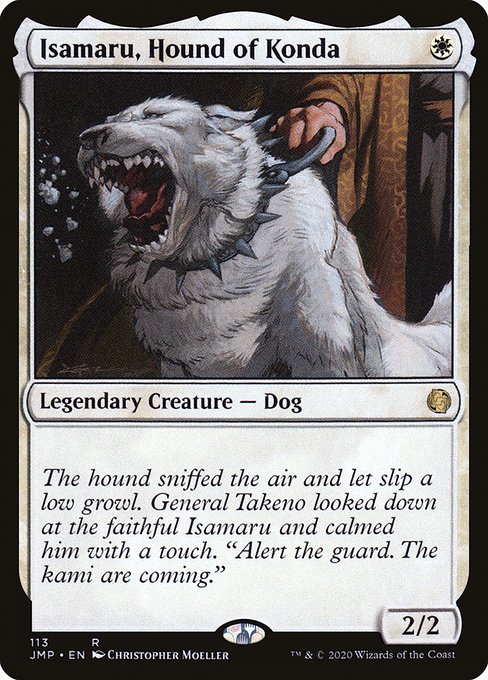Deck & Commander Strategies

Isamaru, Hound of Konda
An aggressive white weenie deck focusing on early board presence and swift damage output to quickly lower opponents' life totals before they can establish defenses.


Malcolm, Keen-Eyed Navigator / Tevesh Szat, Doom of Fools
A control-combo deck aiming to disrupt opponents’ early plays while drawing cards and assembling combos to gain incremental advantage and ultimately win through powerful interactions and board control.
Gameplay Insights
- 1
The aggressive player prioritized quick deployment of creatures to pressure their opponent consistently from the start.
- 2
The control-combo player used Malcolm’s card draw and removal abilities strategically to manage threats and maintain card advantage.
- 3
A key turning point was the assembly of a combo or lock by the Malcolm/Tevesh deck, which shifted the game from reactive defense to proactive offense.
- 4
Managing resources and timing removal spells effectively proved critical in overcoming the early aggression of the Isamaru deck.
Notable Cards
-

Isamaru, Hound of Konda
-

Malcolm, Keen-Eyed Navigator
-

Tevesh Szat, Doom of Fools
Gameplay Summary
The Duel Commander match featured a clash between two distinct archetypes: a swift, aggressive Isamaru, Hound of Konda deck and a more controlling, combo-oriented Malcolm, Keen-Eyed Navigator paired with Tevesh Szat, Doom of Fools deck.
Early game momentum was driven by Isamaru’s fast creatures and efficient white weenie strategies, aiming to apply pressure and reduce the opponent’s life total quickly.
However, the Malcolm/Tevesh player utilized the versatility of their commanders, leveraging Malcolm’s ability to draw cards and remove threats, alongside Tevesh’s disruptive and combo potentials to stabilize the board. A pivotal moment came when the Malcolm/Tevesh deck managed to assemble a critical combo or lock piece, turning the tide from defense to offense.
This allowed them to control the board state, neutralize Isamaru’s aggressive threats, and eventually close out the game through incremental advantage and card advantage.
The match highlighted the tension between aggressive speed and combo control, with the latter prevailing by carefully navigating early aggression and capitalizing on key interactions.





















